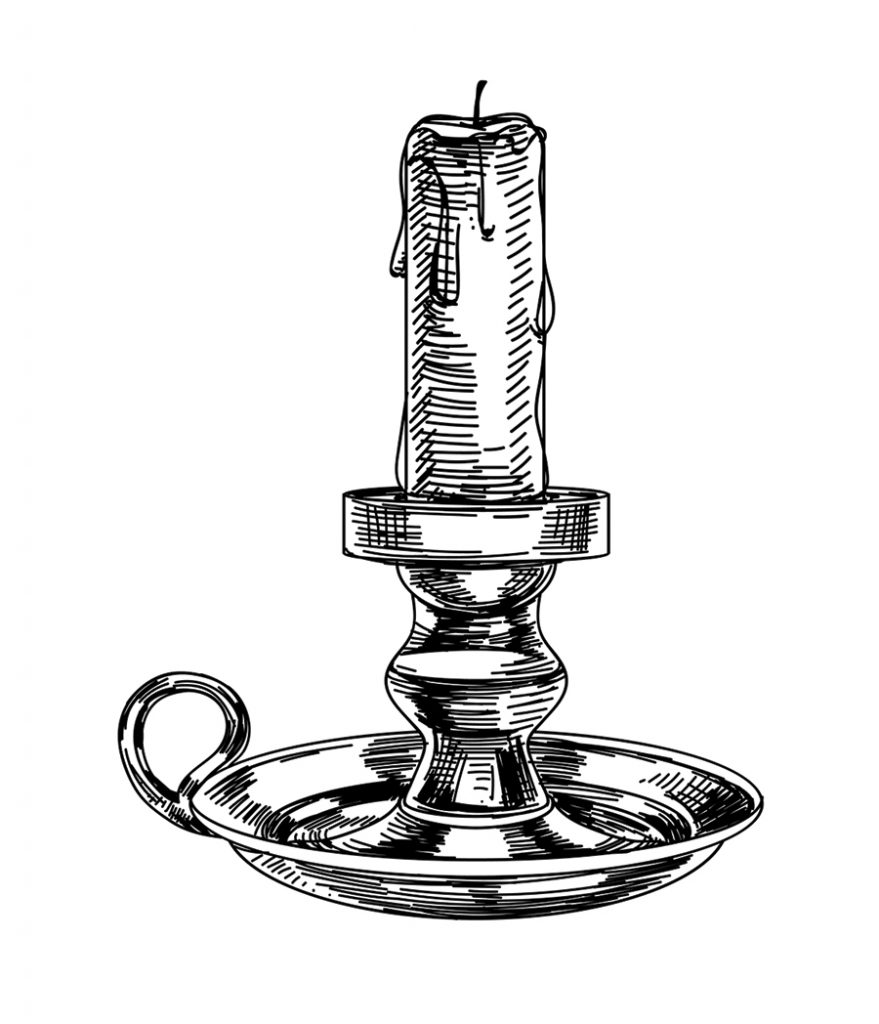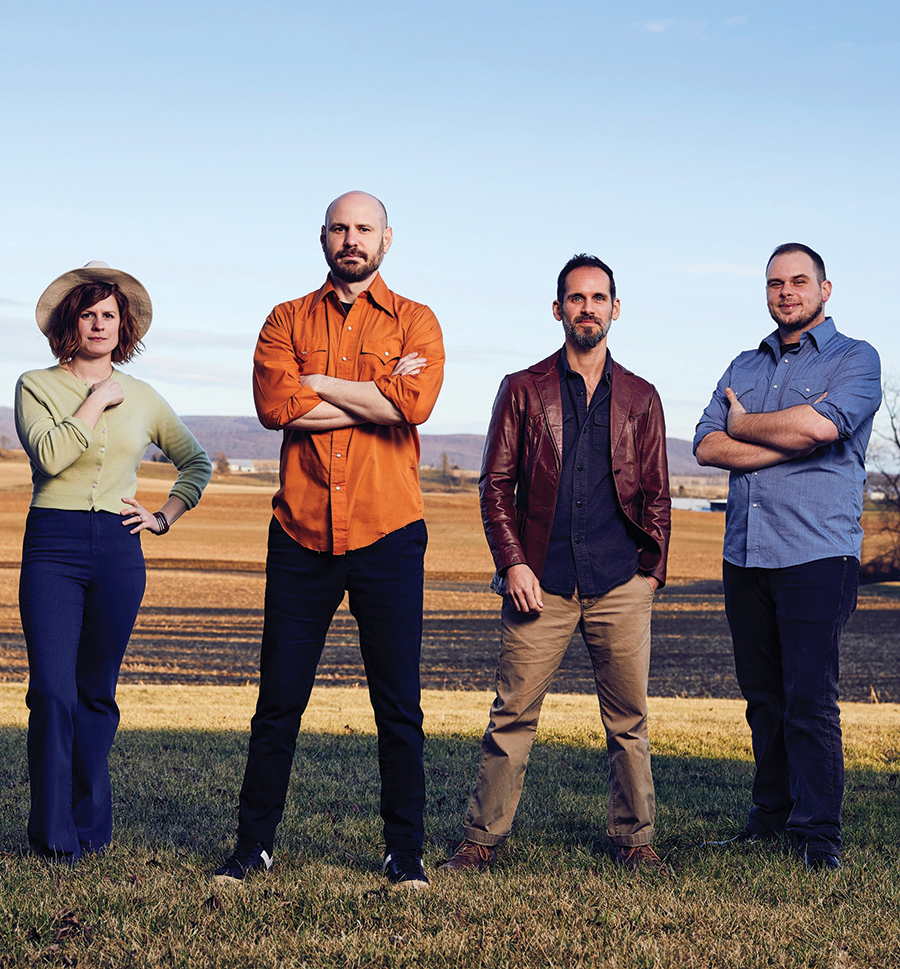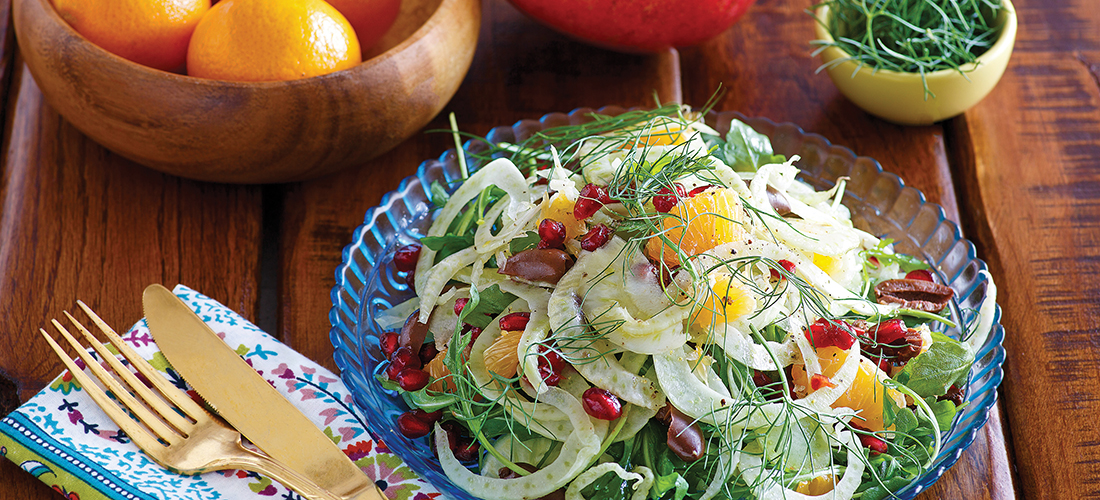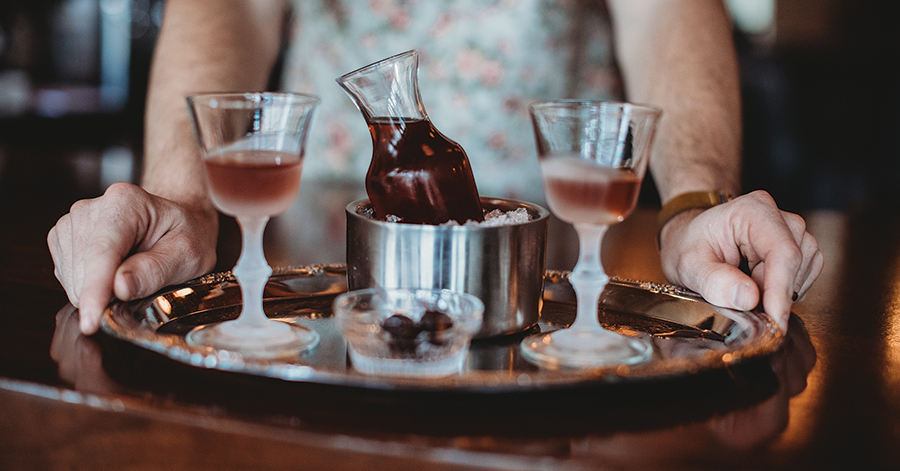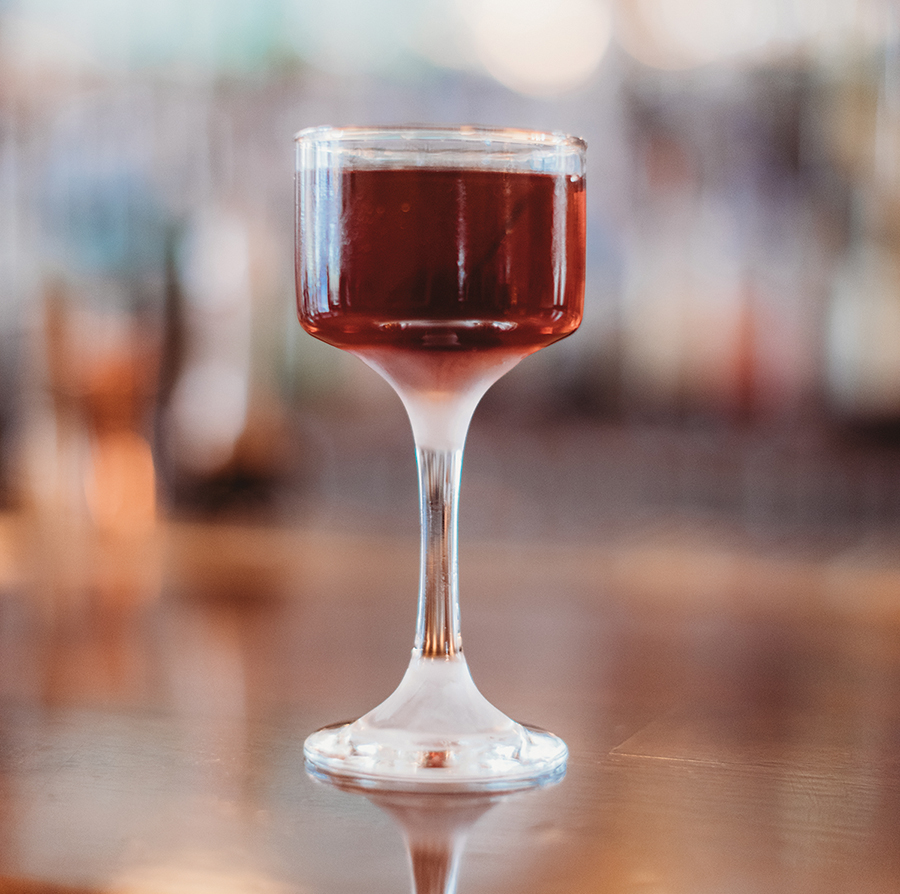Winter Salads
Eat well — and wild
By Jane Lear
Salad in the cold months can be tricky. The mild, tender lettuces available at any supermarket are all well and good, but most other salad staples — tomatoes are an obvious example — are disappointing out of season.
More important, though, a typical garden-variety salad doesn’t suit the heartier, richer food we crave at this time of year. Serving a plate of nicely dressed hothouse lettuces after braised short ribs or cassoulet, for instance, can seem tacked on and curiously unsatisfying. Dinner guests tend to pick at it and wonder what’s for dessert rather than appreciate the punctuation in the meal, so to speak, and feel revitalized.
For the sort of bracing counterpoint I’m talking about, look to bolder greens such as endive, watercress, arugula, the pale inner leaves of escarole, or springy, spiky frisée. Slivers of sweet, earthy celery root, tangy green apple or aromatic fennel will help matters along.
One of my favorite winter salads always puts me in mind of the Mediterranean — in particular, Provence and Sicily. The recipe stars fresh fennel and any members of the mandarin citrus family, which includes satsumas, tangerines and clementines. The large, relatively new hybrid marketed as “Sumo” (easily recognized by its prominent topknot) has a superb balance of sweetness and acidity, and the fruit segments, which can be neatly slipped out of their ultra-thin membranes, keep their shape on the plate.
Dandelion greens — which have become more readily available — have a clean, sharp flavor that also reminds me of the Mediterranean. That’s where their use in the kitchen was developed, and you can trace the word “dandelion” from the Latin down through the French dent-de-lion, or “lion’s tooth.” This is no big surprise, given the jagged shape of the leaves, but personally I have a fondness for the common French name, pissenlit, which reflects their purported diuretic properties.
Wild dandelion greens have intense flavor, but these days, I prefer them cultivated unless I know that the grass they’ve been plucked from is pesticide-free. Wild or cultivated, they have a great affinity for a hot skillet dressing. It won’t necessarily wilt the greens, but it mellows them and softens their rawness. Toasted nuts give the vinaigrette a suave sweetness.
The evolution of salad from a side dish or separate course into the main focus of a meal has come into its own, and this makes scratching together a nourishing, delicious weeknight supper — one of life’s greatest challenges — just a bit simpler. Two staples that I swear by are lentils and sausage, especially the smoked Polish variety called kielbasa.
Lentils are a great gateway legume. Unlike most dried beans, there’s no need to soak them beforehand, they cook quickly, and slide from homey to haute with aplomb. I suppose you could say they’ve been around the block and know a thing or two: After all, they were there in the beginning — er, Beginning — as the pottage for which Esau gave up his birthright in Genesis 25:34.
Although I’ve never met a lentil I didn’t like, I’m a sucker for the pretty green French ones called lentilles du Puy. Yep, I know they’re more expensive than other lentils varieties, but they’re worth it. Their characteristic flavor — peppery and minerally yet delicate — comes from the good volcanic soil and dry, sunny climate in which they’re grown. And because they contain less starch than other varieties, they exhibit a lovely firm-tender texture when cooked. In fact, if your opinion of lentils was formed by one too many mushy stews at indifferent vegetarian restaurants, then these will be a revelation.
French green lentils are delicious in soup, of course, or scooped into the hollow of a baked winter squash, or tossed with small pasta shells and crumbles of fresh goat cheese. What I do most often, though, is serve them in a bistro-style warm salad with kielbasa. Add some crusty bread, good butter, and a glass or two of red, and life will feel very civilized.
All three of the salads described above are incredibly versatile. As you’ll see in the recipes — think of them more as guidelines — one ingredient can often be switched for another, and as you go along, don’t be afraid to improvise, based on the contents of your refrigerator. Odds are, it will taste wonderful.
Mandarin-Fennel Salad
Serves 4
Add some cress or arugula sprigs if you like; substitute green olives for the black. Ruby-red pomegranate seeds would add sparkle and texture, and parsley leaves, an herbal punch.
1 large fennel bulb, trimmed of its feathery stalk and some fronds reserved
3 mandarins, peeled
1/4 cup brine-cured black olives
Your favorite best-quality extra-virgin
olive oil
Fresh lemon juice
Coarse flaky salt (Maldon adds a wonderful crunch) and freshly ground black pepper
Cut the fennel bulb in half lengthwise and discard the tough outer layer or two to expose the cream-colored heart. Then cut the bulb into very thin slices with a handheld slicer or a very sharp knife. Put them in a salad bowl.
Remove the weblike pith from the peeled mandarins (children love doing this and are very good at it). Separate the segments and, depending on the thickness and tightness of the membranes that enclose each one, remove those or not; it’s entirely up to you. Cut the fruit in half crosswise and add it, along with the olives, to the fennel.
Drizzle the salad with olive oil and lemon juice to taste and gently combine. Scatter with salt and a few chopped fennel fronds. Season with a few grinds of pepper.
Dandelion Salad with Toasted Pine
Nut Vinaigrette
Serves 6
I’ve called for sherry vinegar below, but balsamic or red wine vinegar would be fine. If you don’t have pine nuts, use pecans, hazelnuts or homemade croutons. Dried cranberries or cherries would be a nice embellishment, too.
6 handfuls tender dandelion greens, washed, spun dry, and tough stems removed
3 tablespoons extra-virgin olive oil
2 garlic cloves, finely chopped
3 tablespoons pine nuts
1 tablespoon sherry vinegar, or to taste
Coarse salt and freshly ground pepper
Shaved or very coarsely grated Parmigiano-Reggiano
Tear the greens into generous bite-size pieces and mound them in a large heatproof bowl.
Heat the oil in a small skillet over moderate heat until hot. Add the garlic and pine nuts, cook, stirring them often, until the garlic is golden. Stir in the vinegar, then pour over the greens. Season with salt and pepper and toss to coat. Add the Parm and toss once more. Serve right away.
Warm Lentil Salad with Kielbasa
Serves 4
This salad, a staff favorite at Gourmet, varies according to my time and inclination. It’s perfectly delicious with nothing more than onion and garlic, or carrot and garlic. As for the kielbasa, feel free to substitute another smoked sausage, country ham, pancetta or lardons — thick-cut strips of bacon sliced into matchsticks and cooked until crisp. Serve it on a bed of watercress or tender leaves of a Boston or Bibb lettuce. If desired, gild the lily by topping each serving with a fried egg.
2 cups French green lentils (lentilles du Puy), picked over and rinsed
6 cups water
1 bay leaf
A couple of sprigs of fresh thyme or, if you can find it, winter savory
Coarse salt and freshly ground pepper
1/2 cup plus 2 tablespoons extra-virgin olive oil, divided
1 cup finely chopped onion
1 cup diced carrot
1 cup diced celery, plus chopped celery leaves for garnish
1 tablespoon finely chopped garlic
1/4 cup redwine or sherry vinegar
1 tablespoon Dijon mustard
1 smoked kielbasa sausage, cut crosswise into 1/4-inch slices
Bring the lentils, water, bay leaf and thyme sprigs to a boil in a 3-quart pot. Reduce the heat and simmer the lentils, covered, until they are almost tender, about 15 minutes. Add 1/2 teaspoon salt and keep simmering until tender but still firm, about another 5 minutes.
Meanwhile, heat 2 tablespoons oil in a large skillet over medium-low heat. Add the onion, carrot, celery and garlic and cook, stirring every so often, until the vegetables are just softened and smell delicious, 8 to 10 minutes.
While the lentils and aromatics are both working, make the vinaigrette: Whisk together the vinegar and mustard in a small bowl and then whisk in the remaining 1/2 cup oil. Season to taste with salt and pepper.
Drain the lentils in a colander, discarding the herbs. Return the lentils to the pot and stir in the vegetables and vinaigrette. Cook over low heat a few minutes until hot, remove from the heat and cover to keep warm. Wipe out the skillet and brown the kielbasa on both sides. Stir into the lentils and garnish with celery leaves. PS
Jane Lear was the senior articles editor at Gourmet and features director at Martha Stewart Living.



